5 Unexpected Challenges (and Solutions) of Climate Change
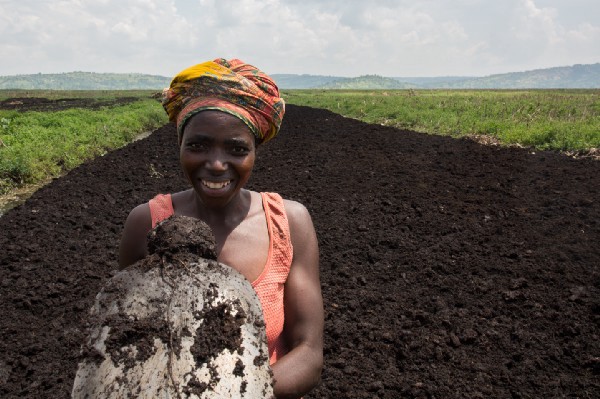
When it comes to hunger and poverty, climate change isn’t one problem—it’s many problems.
Weather events like flooding and drought are becoming more frequent and intense, land and water is becoming more scarce and difficult to access, and gains in agricultural productivity are becoming even harder to achieve. Worse still, climate change disproportionately threatens the world’s most vulnerable people: Impoverished communities confined to degraded or disaster-prone land.
This is where the World Food Programme (WFP) comes in. For decades the U.N. agency has been helping vulnerable communities cope with the consequences of climate change. From early warning systems and emergency response plans that assist countries respond in the event of a natural disaster to safety net programs that help villages adapt to changing weather patterns; WFP provides life-saving climate services everyday to poor farmers and families around the world.
Below are five unexpected consequences of climate change and what WFP is doing about them:
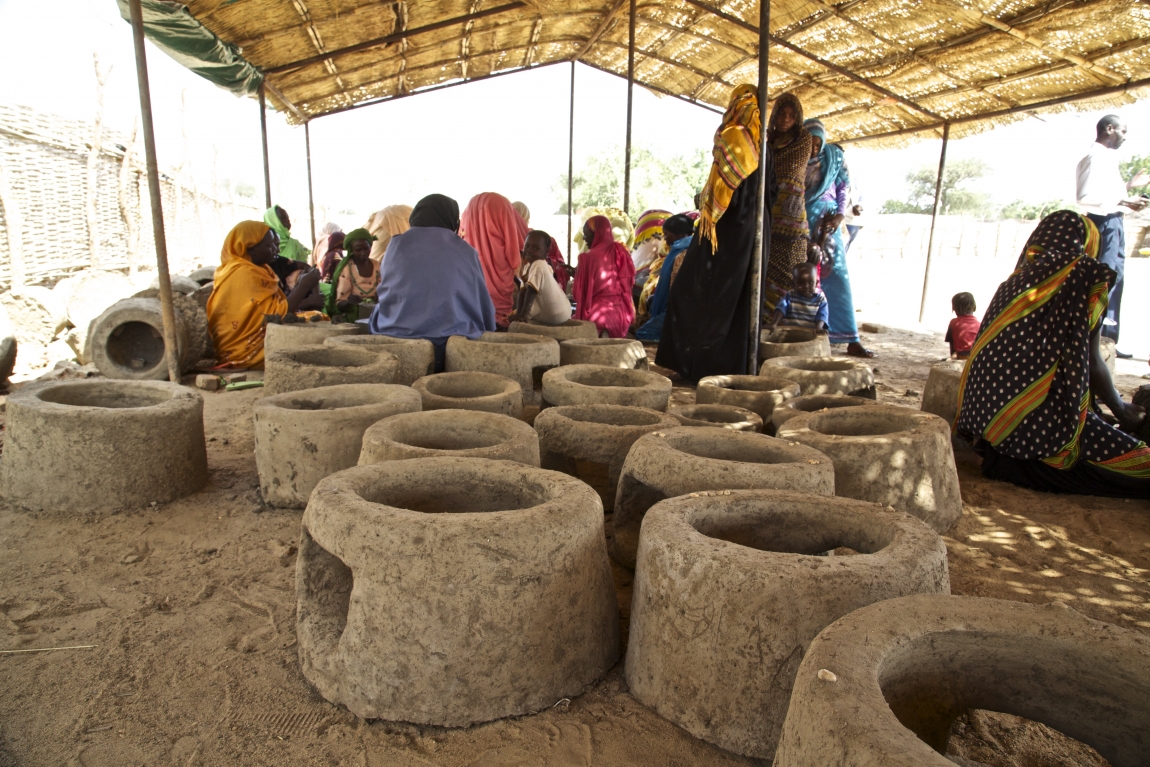
Challenge #1:
Millions of families around the world rely on firewood and charcoal to prepare meals. Over-reliance on these resources contributes to land degradation and deforestation, which in turn increases people’s vulnerability to climate change.
SOLUTION:
By 2020, WFP plans to provide 10 million families with fuel-efficient stoves, which reduce the amount of firewood or charcoal needed to safely cook a meal by up to 60%.
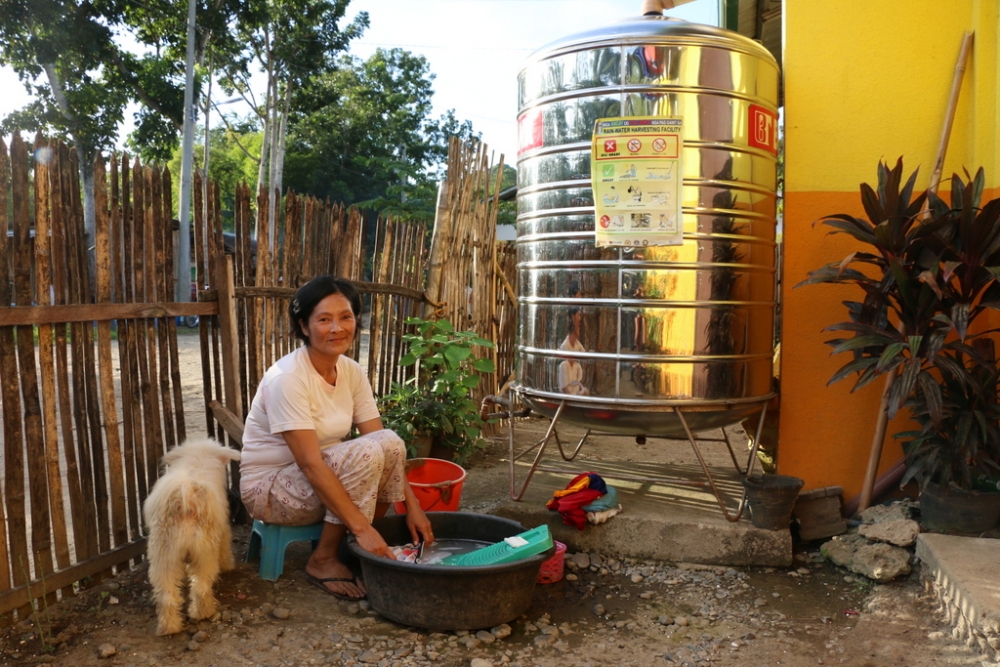
Challenge #2:
The Philippines, a country prone to natural disaster, often contends with both typhoons and droughts. Climate change will likely make both events more frequent. Many communities throughout the country lack access to basic plumbing and water storage facilities, which can make clean water scarce, especially during the dry season.
Solution:
WFP is helping install community-based systems for collecting and storing rainwater. The new and simple systems capture rainwater from roofs through gutters, and then into tanks. Families can use the water for domestic purposes, such as laundry, washing dishes, bathing, and toilets.
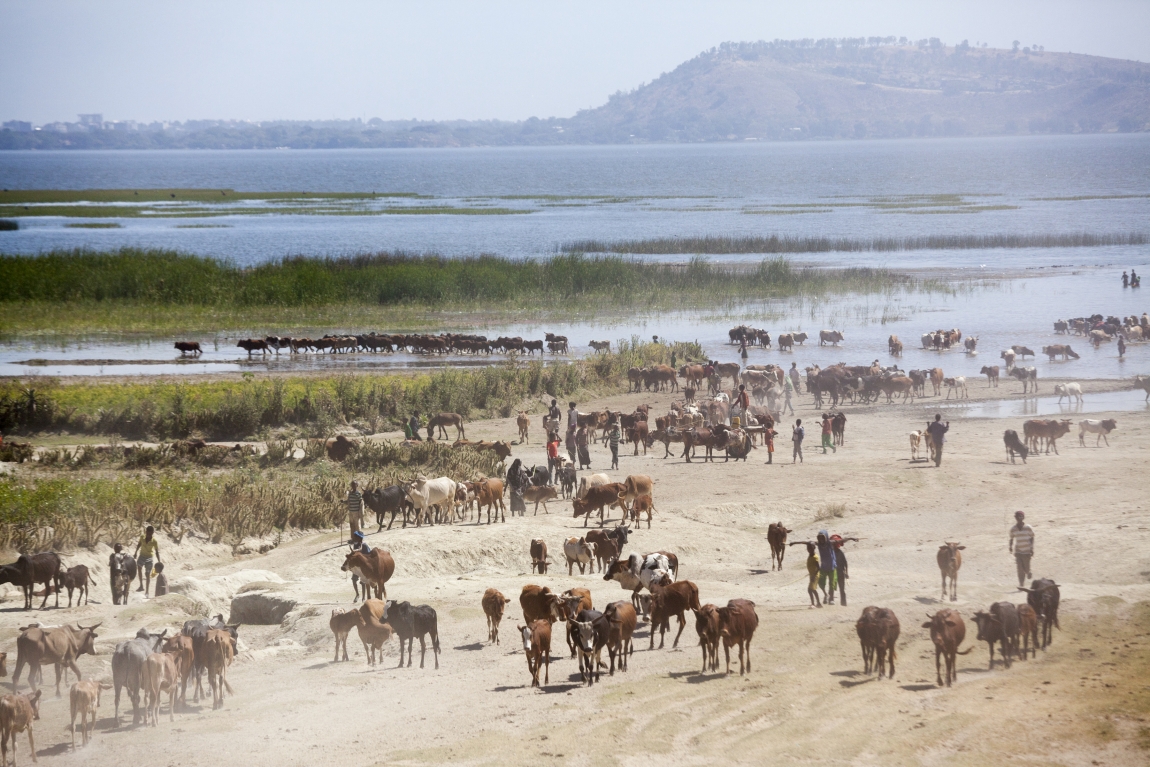
Challenge #3:
Many pastoralists rely on past experience and indigenous knowledge to decide where to migrate their herds during the dry season. With climate change, seasonal patterns are changing, making the use of previous experience less and less reliable.
Solution:
In partnership with Project Concern International, WFP is providing custom grazing maps to pastoralists. The satellite images of vegetation cover enable pastoralists to identify good grazing areas and make better decisions on where to take their herds during droughts.
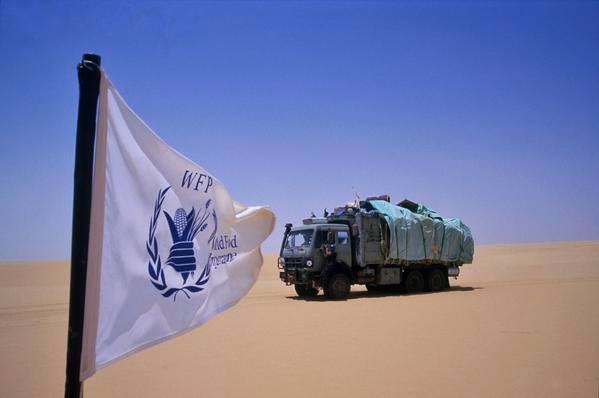
Challenge #4:
WFP often designs projects—and receives funding to operate them—after disasters happen. Afterall, WFP serves as the world’s first responder when catastrophe strikes. With droughts and floods becoming more and more frequent, WFP wants to be prepared ahead of emergencies so they can lessen its impact.
Solution:
WFP recently launched FoodSECuRE, a funding mechanism that essentially acts as a big savings account when weather-driven emergencies hit. The forward-looking initiative will help WFP get ahead of natural disasters, enabling the hunger-fighting agency to save more lives, time and money.

Challenge #5:
There’s no industry more dependent on predictable weather and climate patterns than agriculture. This puts farmers on the front lines of climate change. Smallholder farmers are particularly vulnerable because a single failed harvest can jeopardize the health and well-being of an entire family or community.
Solution:
Together with Oxfam America, WFP is helping farmers access drought insurance and financial credit. Those too poor to pay with cash can trade their labor on community projects in exchange for insurance against future weather shocks. When rainfall drops below a pre-determined threshold, farmers who have bought the insurance receive a payout, which enables them to buy food to hold their families over until the next harvest.




